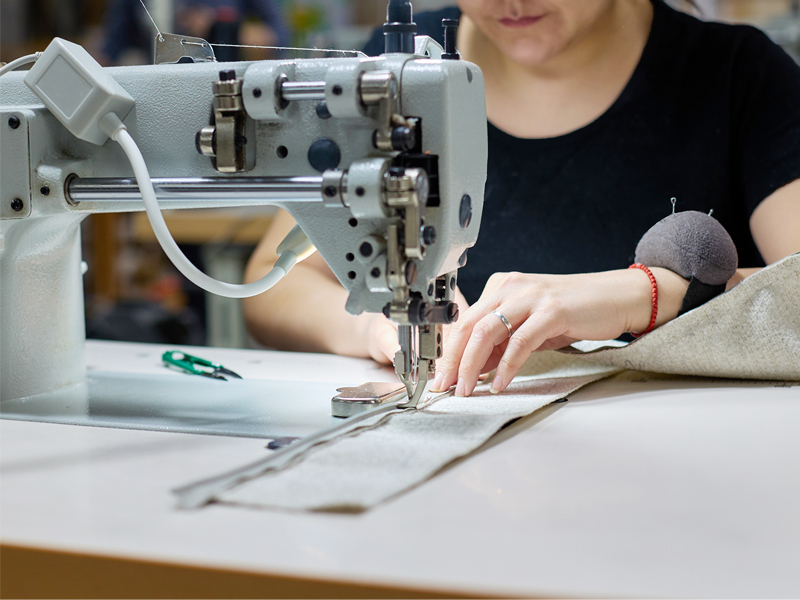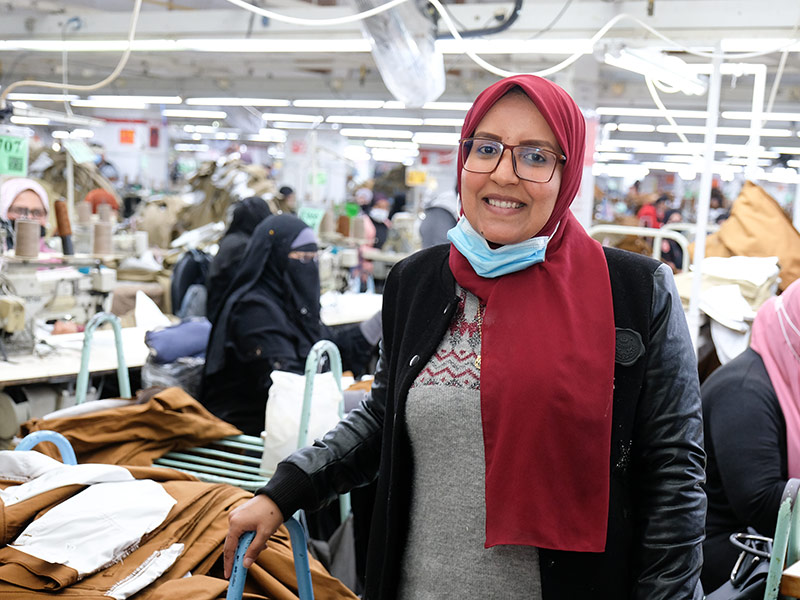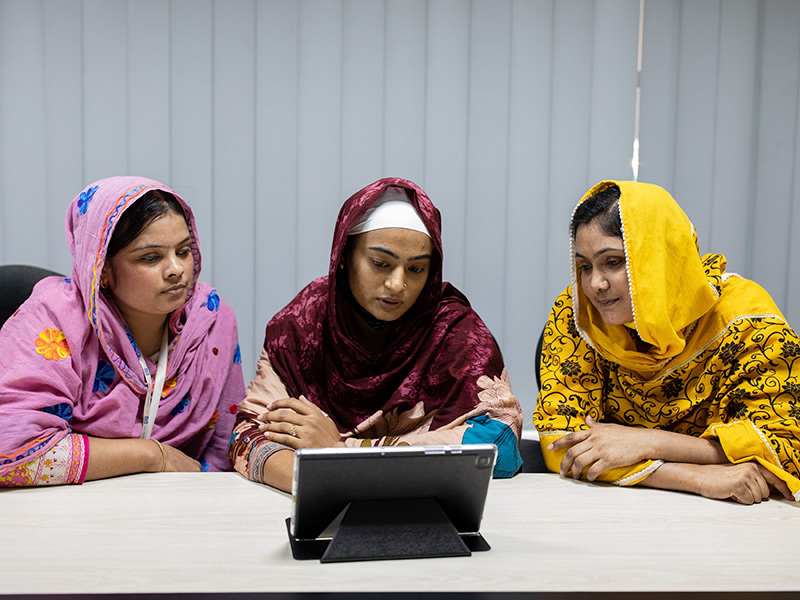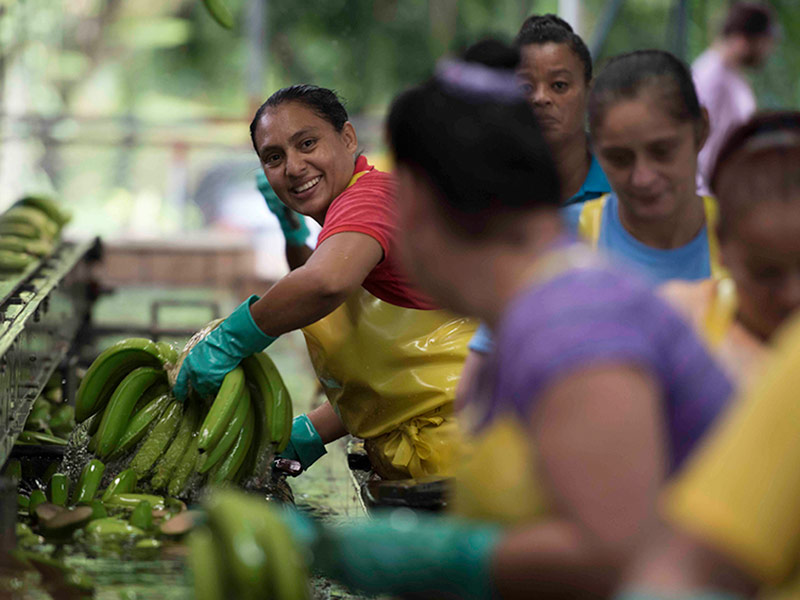
Authors
-
Aditi Mohapatra
Former Managing Director, BSR
This year, the level of corporate engagement in International Women’s Day (IWD) was unprecedented. Companies marked the day seemingly everywhere: ANN announced it achieved its milestone of empowering 100,000 women across its supply chain; others, like Pottery Barn, launched special-edition products celebrating women whose proceeds benefit BSR’s HERproject. Still others, including Swarovski, launched collaborations and campaigns to bring visibility to those women across society who are often forgotten.
One week after IWD, we are releasing new insights on the extent to which companies are taking steps internally to integrate a gender lens into their policies, programs, metrics and reporting. To date, 1,800 companies have signed onto the Women’s Empowerment Principles (WEPs); the WEPs Global Trends Report, which we authored in close collaboration with the partners of the tool, reviews the aggregate practices of companies that have used the WEPs Gap Analysis Tool. Developed to give companies guidance on how to implement the WEPs, the tool is a joint project of the UN Global Compact, UN Women, the Multilateral Investment Fund of the IDB, and the Inter-American Investment Corporation, and is supported by the BSR, Governments of Japan and Germany, The Coca-Cola Company, Itaipu, and KPMG.
This first trends report provides a snapshot of corporate performance—across the WEPs categories of leadership, workplace, marketplace, and community—on gender equality and women’s empowerment.
Here are some of the key findings on how companies are managing these critical issues:
- Leadership: A majority of companies—69 percent—have a commitment from their leadership on gender equality and women’s empowerment, while only 32 percent have an organization-wide gender equality strategy.
- Workplace: 45 percent of companies have a policy addressing equal pay for work of equal value, and 15 percent are setting goals to build the pipeline of women in management positions.
- Marketplace: 12 percent of businesses include gender equality criteria in supplier management tools; only 5 percent of companies have set procurement targets for women-owned businesses.
- Community: 52 percent embed gender in philanthropic, advocacy, and partnership efforts, while only 10 percent assess differential impacts on men and women during human rights or social impact assessments.
The data show there is a lot of opportunity for companies to translate their commitments into policies and programs that support concrete action.
If you’re looking to better understand your company’s performance on these issues, taking the WEPs tool is a great first step.
Let’s make sure we continue to celebrate and focus on women’s advancement well beyond a single day or month.
Topics
Let’s talk about how BSR can help you to transform your business and achieve your sustainability goals.







